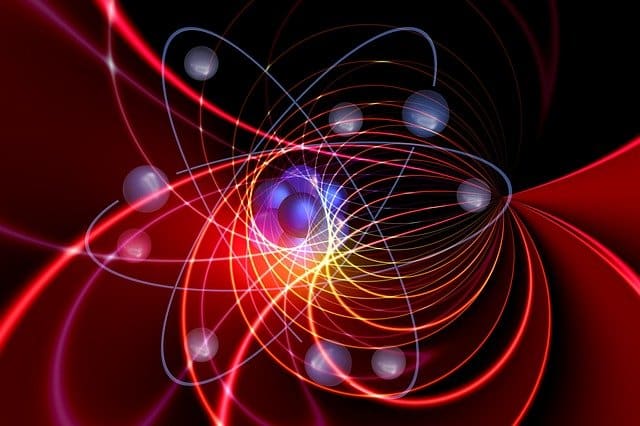
A quantum theory based on a classical one
The notion of quantization refers to the process that is carried out to, starting from a description of classical physics , develop the construction of a quantum model . In this way, it is considered a classical theory and transformed into a quantum one .
Classical and quantum physics
To understand what quantization is, therefore, you must first know how to differentiate between classical physics and quantum physics . In classical physics, states are values of observables (properties detectable through physical actions) that can be measured . Measuring observables does not alter states.
In quantum physics, on the other hand, states appear as abstract objects that hide, in a hidden way, the data of the values of the observables. The encoding of observables is developed in operators (mathematical objects).
Returning to the idea of quantization, it is about finding the states and the corresponding observables, finding their representation as operators and taking classical theory as a starting point.
Classification
It should be noted that there are different quantization methods , following various mathematical forms. This leads us to an inevitable division into two groups, to facilitate both its study and its application in the corresponding fields.
Thus, a distinction can be made between first quantization procedures and second quantization procedures. In the first case, models of one particle are built, while in the second, systems of multiple equal particles are analyzed.
Canonical quantization , algebraic quantization , geometric quantization , Weyl quantization , and covariant quantization are some of the quantization procedures that can be performed. It is important to keep in mind that the theories that result from the quantization of the same classical theory have to be equivalent and consistent, regardless of the method used.
First quantization
The procedures that fall into this first group are methods thanks to which it is possible to construct models of a particle in the field of quantum mechanics based on the classical description of phase space (also known as phase diagram or phase space ). of a particle.
This is where the aforementioned canonical quantization is located. It is an informal procedure by which an operator is assigned to a physical quantity: the first must be obtained by substituting Hermitian operators directly for the canonical variables, and the result must satisfy a defined series of relationships between the variables .
Weyl quantization also falls into this group, a procedure for constructing a Hermitian operator in the L 2 space for a system that has a classical phase space with an R 2n topology. The first description of this technique took place in 1927 and was by the German mathematician Hermann Weyl .
Second quantization
In this group we find a series of methods that pursue the construction of field theories based on a classical theory. Note that the physical discipline known as quantum field theory is used to apply the principles of quantum mechanics to classical systems of continuous fields.

The canonical quantization of the second group contemplates more than one particle
Here we also talk about canonical quantization , although it differs from the procedure described in the first group in that it is applied to a group of particles, and not to a single one. On the other hand, we have the one that uses path integrals , which is based on the construction in a Hilbert space of a bounded measure based on the action functional.
The second quantization is important because it allows: the study of physical fields from a quantum perspective; include the combinatorial aspects that arise from the statistics of the type of particles used; It simplifies the extension of non-relativistic quantum mechanics to those systems in which the number of particles is not understood as a constant of motion .
